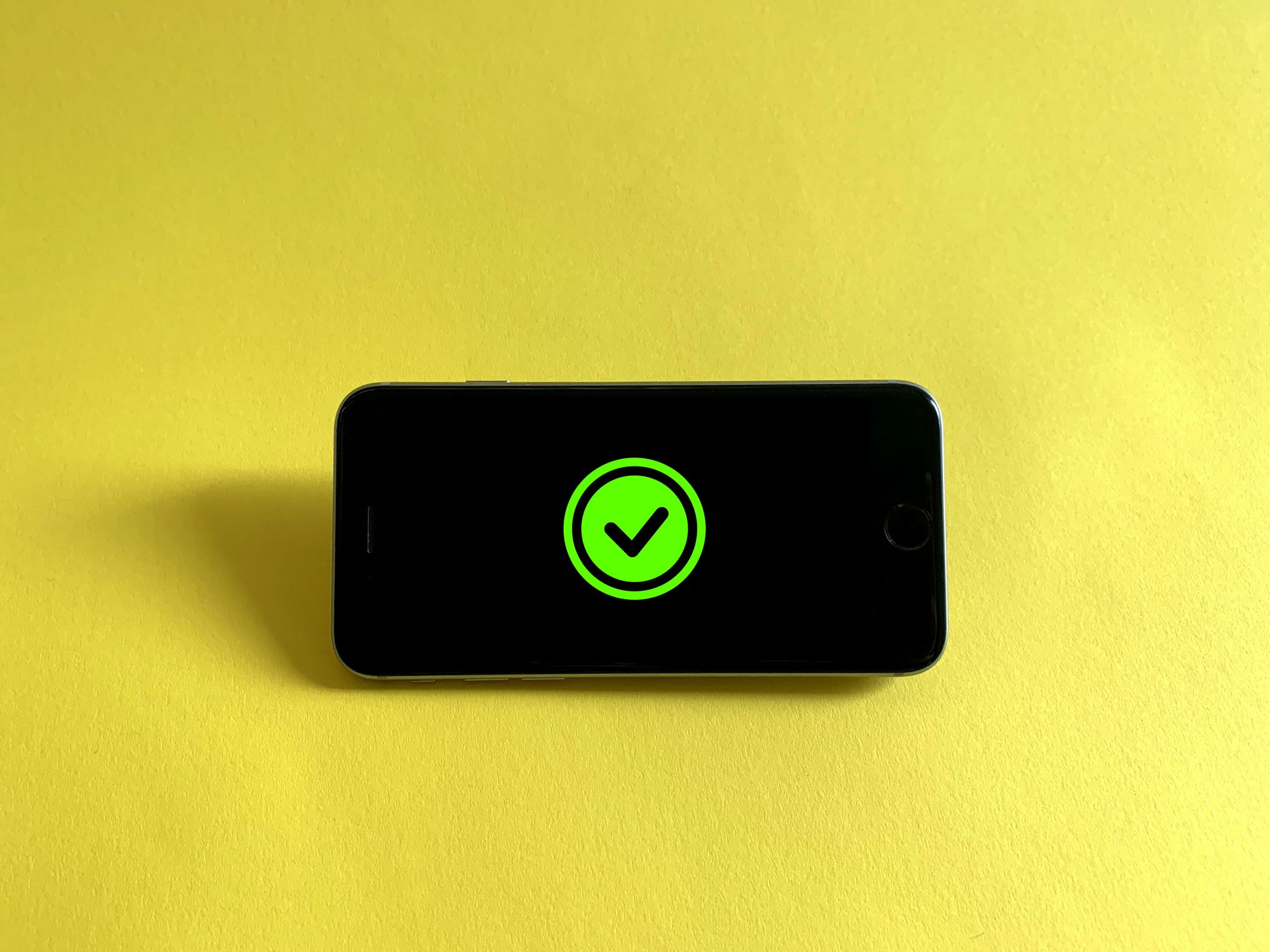A sales funnel is a marketing concept that describes the journey a customer goes through when making a purchase. It is a process that guides potential customers through the sales journey from the moment they become aware of a product or service to the point of making a purchase decision. The funnel is designed to help businesses understand how customers interact with their brand and to optimize the sales process to increase revenue and profitability.
For startups, a sales funnel is an essential tool for converting website visitors into paying customers. Startups need to focus on creating a sales funnel that is tailored to their specific business model and target audience. By understanding the customer journey and mapping out the sales process, startups can optimize their marketing efforts and increase conversions.

Creating an effective sales funnel requires a deep understanding of the customer, their needs, and their motivations. Startups need to invest time in researching their target audience and developing a marketing strategy that speaks directly to their pain points. By creating a sales funnel that is tailored to the customer's needs, startups can increase engagement, build trust, and ultimately drive more sales.
Understanding Sales Funnel
A sales funnel is a visual representation of the journey that a potential customer takes from being aware of a product or service to becoming a paying customer. It consists of several stages, which vary depending on the business model and marketing strategy. The main purpose of a sales funnel is to guide potential customers through the buying process and convert them into paying customers.
What is a Sales Funnel?
A sales funnel is a model that describes the different stages a potential customer goes through before making a purchase. It typically consists of four or five stages:
- Awareness: The potential customer becomes aware of the product or service.
- Interest: The potential customer shows interest in the product or service.
- Desire: The potential customer develops a desire or need for the product or service.
- Action: The potential customer takes action and makes a purchase.
- Retention (optional): The customer becomes a recurring customer and continues to make purchases.
Each stage of the sales funnel requires a different approach from the business. For example, in the awareness stage, the business may use social media or content marketing to attract potential customers. In the interest stage, the business may provide more detailed information about the product or service to keep the potential customer engaged.
Why is a Sales Funnel Important for Startups?
A sales funnel is essential for startups because it helps them to:
- Understand their customers: By mapping out the sales funnel, startups can gain a better understanding of their customers' needs and behavior, which can help them to tailor their marketing and sales strategies accordingly.
- Improve conversion rates: By optimizing each stage of the sales funnel, startups can increase the likelihood of converting potential customers into paying customers.
- Maximize revenue: By focusing on retention, startups can turn one-time customers into recurring customers, which can help to maximize revenue over time.
Overall, a well-designed sales funnel can help startups to streamline their marketing and sales processes, increase efficiency, and ultimately drive growth and revenue.
Stages of a Sales Funnel
A sales funnel is a visual representation of the customer journey from initial awareness to final purchase. It is a powerful tool for startups to track prospects as they move through sales stages, adjusting strategies and marketing methods in response to their behaviors. There are four main stages of a sales funnel: Awareness, Interest, Decision, and Action.
Awareness
The Awareness stage is the widest portion of the funnel. It is when someone first becomes aware of the startup, its product or service. This may be the first time they visit the startup's website, read a social media post or hear about it from another customer or follower. During this stage, the startup should focus on creating brand awareness and generating interest in its product or service. This can be done through various marketing channels such as social media, content marketing, and paid advertising.
Interest
Once a prospect has become aware of the startup, they move to the Interest stage. This is when they begin to actively seek out more information about the product or service. The startup should focus on providing valuable content that addresses the prospect's pain points and shows how their product or service can solve their problems. This can be done through blog posts, webinars, case studies, and other types of content marketing.
Decision
During the Decision stage, the prospect has shown a strong interest in the startup's product or service and is considering making a purchase. This is the stage where the startup should focus on providing social proof and addressing any objections the prospect may have. Testimonials, case studies, and product demos can be effective tools to help the prospect make a decision.
Action
The final stage of the sales funnel is Action. This is when the prospect becomes a customer and makes a purchase. The startup should focus on providing an excellent customer experience and nurturing the customer relationship to encourage repeat business and referrals. This can be done through personalized follow-up emails, loyalty programs, and excellent customer support.
Creating a Sales Funnel for Your Startup
Creating a sales funnel is essential for any startup looking to grow its customer base and increase revenue. By mapping out the customer journey and identifying the key touchpoints, startups can optimize their sales process and maximize conversions. Here are three key steps to creating a sales funnel for your startup:
Identifying Your Target Audience
The first step in creating a sales funnel is identifying your target audience. Startups should have a clear understanding of who their ideal customer is, including demographic information, pain points, and motivations. This information can be gathered through market research, customer surveys, and analyzing website analytics.
Once startups have identified their target audience, they can create buyer personas to represent their ideal customers. These personas should include information such as age, gender, job title, and interests. By understanding their target audience, startups can tailor their messaging and marketing efforts to better resonate with their customers.
Mapping Out Your Sales Funnel
The next step in creating a sales funnel is mapping out the customer journey. This involves identifying the key touchpoints that customers will encounter as they move through the sales process. A typical sales funnel includes four stages:
| Stage | Description |
|---|---|
| Awareness | The customer becomes aware of the product or service |
| Interest | The customer expresses interest in the product or service |
| Decision | The customer decides to purchase the product or service |
| Action | The customer takes action and makes the purchase |
Startups should create content and messaging that is tailored to each stage of the funnel. For example, awareness stage content might include blog posts, social media posts, and display ads. Interest stage content might include product demos and case studies. Decision stage content might include free trials and pricing information. Action stage content might include checkout pages and confirmation emails.
Optimizing Your Sales Funnel
The final step in creating a sales funnel is optimizing it for maximum conversions. Startups should track key metrics such as conversion rates, bounce rates, and time on site to identify areas for improvement. A/B testing can be used to test different variations of messaging and content to see what resonates best with customers.
Startups should also focus on providing a seamless user experience throughout the funnel. This includes optimizing website speed, ensuring mobile responsiveness, and providing clear calls-to-action at each stage of the funnel.










